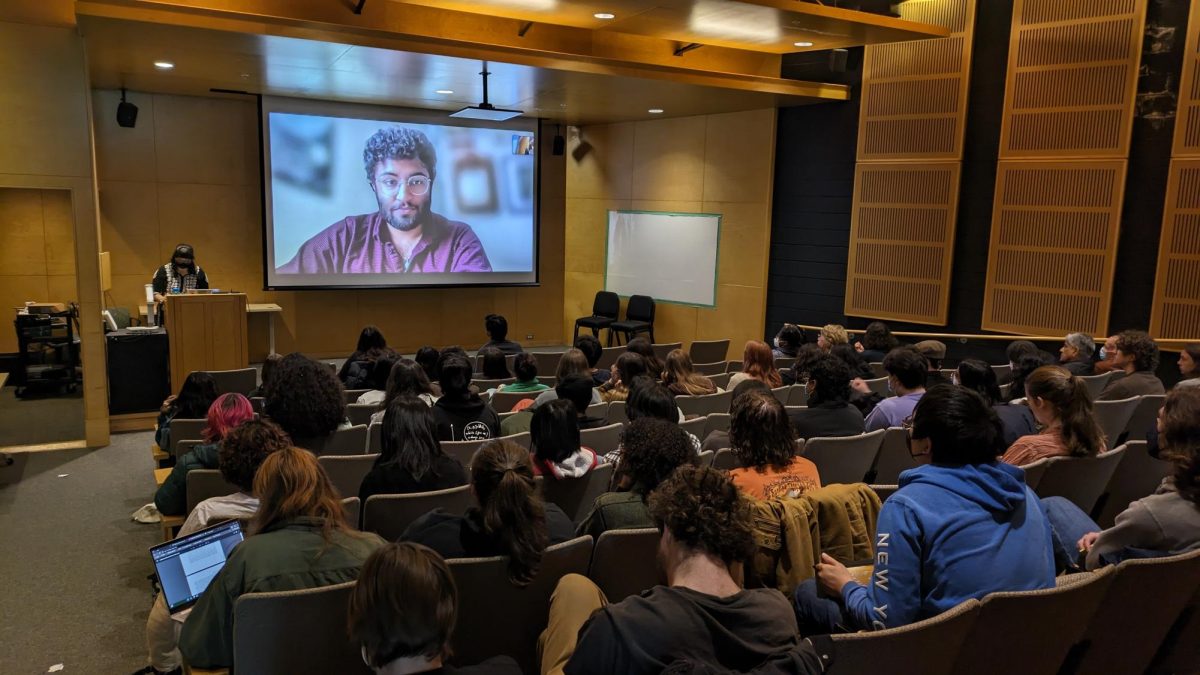Professor Explains Class Evaluations
April 29, 2011
To the Editors:
I read your editorial, “Re-evaluating Evaluations,” with much interest, and general agreement. I thought a bit more information could put your good points into more of a context. Without going all wonky on you, evaluations come in two flavors: summative and formative. The purpose of “summative” evaluations is to evaluate a completed course and its instructor. While faculty can learn much from their year-end Student Evaluations of Teaching, their basic purpose, as it says on the top of the form, is “to evaluate faculty for the purpose of personnel decisions and salary evaluations.” Again, this does not mean that faculty do not use suggestions from end-of-year SETs to re-design their courses, only that the purpose of the SET is, well, to sum up what has happened in the class. Because SETs are used to evaluate faculty, they are mandatory. Furthermore, they must (by College rules) be done in class and observing a specific procedure. We do not use online end-of-semester SETs, for example, because the return rate is most often very much below optimal. That said, faculty can hand out SETs anytime during the last two weeks of classes (they should start appearing in a class near you any day now), and I strongly advise faculty not to wait to hand them out until the very last day of class, when students already have one foot out the door.
“Formative” assessments, on the other hand, are designed to help instructors take the pulse of their courses and ascertain what changes might be useful. They are not part of a faculty member’s personnel decision dossier, and remain (only) with the faculty member. Your editorial calls attention to the most common of type of formative assessment: mid-semester evaluations, which provide students an opportunity to comment on, for example, the aspects of the class which encourage student learning, those which discourage student learning and suggestions for what students would like to see changed in the second module of a course.
But I know that many faculty use a lot of opportunities throughout the semester to hear from students about what is or isn’t working in their class. Many faculty use “muddy point” or “what-worked-for-you/what’s-still-unclear” questions that students fill out in the last few minutes of each class. Faculty in larger science classes use clicker systems to get a sense of what students know, what is still unclear, and how they need to change their approach to help student learning. Faculty regularly receive e-mails from students or (less frequently) visits from students offering suggestions on what, in the students’ opinions, is not going well in a specific class. These, and many other possibilities for gathering student input in ongoing courses, are very valuable for faculty as we think about our classes; they can be administered quite flexibly (online, in-class, etc.), and, if the suggestions make sense to the faculty member and are consistent with her/his learning goals for the class, can be implemented quickly.
My point is not to critique your good editorial, but rather to point out that the purpose served by end-of-semester SETs and by formative assessment instruments are quite different and that there is likely more feedback on teaching than you have taken into account. But I fully share your argument that faculty should be encouraged to introduce many possibilities for formative evaluation into their courses. There is only one point on which I would disagree with your editorial. You write, “Considering the amount we pay for classes, it’s infuriating to endure 15 weeks of a less-than-stellar professor.” I’m strongly opposed to the student-as-consumer approach to education. Whether at an elite institution such as Oberlin or a community college, all students deserve an excellent education and faculty members who care about their learning. This should not be a function of how much they pay. It is all of our jobs to see that this happens.
-Steven S. Volk Professor of History Director, Center for Teaching Innovation and Excellence (CTIE)














